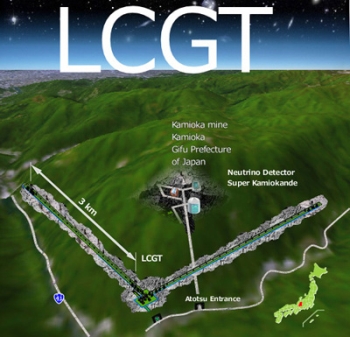Large-scale Cryogenic Gravitational wave Telescope (LCGT) is a project that aims to achieve the first detection of gravitational waves (GW). KAGRA is designed to observe several GW events in a year. This Japanese project is hosted by ICRR, University of Tokyo with cooperation of Gravitational Wave Project Office, KEK, and various universities/ institutes in the world.
Link to the CLIO project
Link to the KAGRA project
